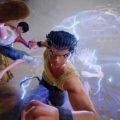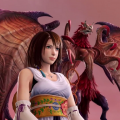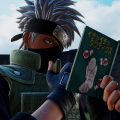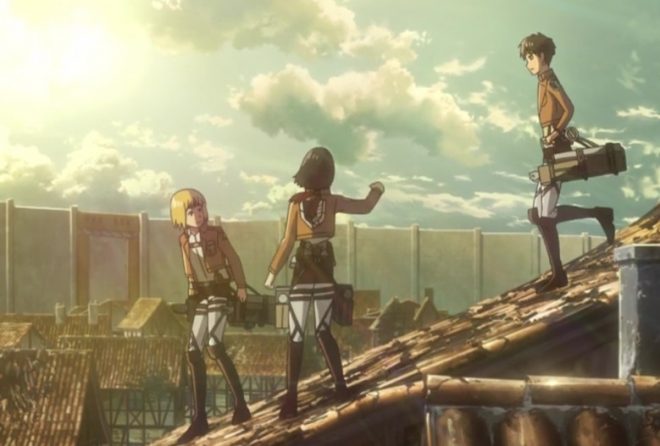Fighting Games Friday: Who Is Jump Force For, Exactly?

Bandai Namco unleased Jump Force upon the world today, a massive crossover 3D fighting brawler title that features several characters from Shonen Jump manga and anime. The reception from critics and fans has been expected thus far, considering this is a successor to the okay-at-best J-Stars Victory VS. The story mode isn’t being received well, something evident from the videos posted on social media showing how janky and unfinished it looks. But the actual combat is considered solid enough, and a slight step up from its predecessor. It won’t be taken as seriously as a title like Dragon Ball FighterZ, but it could be fun to play among friends and perhaps strangers online.
There’s a key question that wasn’t definitively answered during its promotional cycle: Precisely who is the target audience Bandai Namco and developer Spike Chunsoft had in mind here? The answer is more complicated than you might think.
J-Stars was aimed at the Japanese manga-reading audience, as shown through its art style, cast choices (it included characters from franchises largely unknown outside Japan), and how the game took a short while to release in western territories after hitting Japan. Fortunately, Bandai Namco didn’t run into any licensing issues along the way, which tends to happen with games that star characters from multiple franchises often during the localization process.
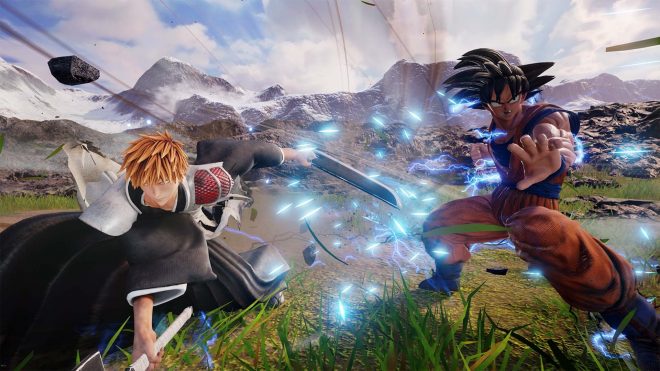
It was clear Jump Force was aimed towards the worldwide audience thanks to when and where this was announced. It was revealed during the Xbox E3 Briefing 2018 through a promotional video in Los Angeles, while gameplay was shown afterward (for good reason, because it looked rough at the time). The choice of venue for the showcase meant Bandai Namco wanted this game to go mainstream, along with how the promo video focused on Monkey D. Luffy, Naruto Uzumaki, and Goku from One Piece, Naruto, and Dragon Ball Z, characters from three very identifiable manga and anime franchises.
Another important aspect from the reveal was the art style. J-Stars contained a style that represented a fusion between cel-shading and polygons, to benefit all the different stylized characters from different art styles included in the game. Jump Force, however, blends manga and realism. This has a story-based reason, which involves a fusion between various manga worlds whose characters are represented in this game and locations in the real world. But it was also done because the developers felt the mainstream audience preferred realistic styles in their games, despite the origins of several characters here. While it’s true that games with realistic styles tend to perform better worldwide, that doesn’t suit every game that uses it — and oh man is this one of them.
The style makes the several characters resemble porcelain dolls, and it’s worse when they’re moving — especially Yu-Gi-Oh!’s characters. This can also be hilarious in tandem with the awkward animations in the story mode linked above. The characters who look acceptable in this style originate from manga/anime with more realistic art styles, like Kenshiro and Ryo Saeba from Fist of the North Star and City Hunter, respectively. This is also why the original characters Akira Toriyama drew have realistic proportions, since this style benefits them more than his whimsical characters.
There is absolutely an audience that enjoys the manga/anime these characters originate from that plays gritty-looking western and western-aimed games, so Bandai Namco had an actual audience in mind when making this decision. Many of them tend to watch Toonami, which has aired episodes in several franchises represented in this title; there’s a reason why they review mainstream western games like Red Dead Redemption 2 and Assassin’s Creed Odyssey between their programming. But if they watch Toonami, they also tend to like dubs; they might be among those surprised to discover this game only has Japanese voices.
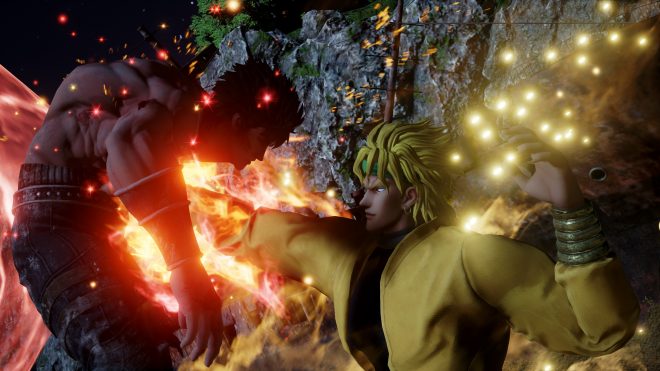
To be fair, there are some in this audience who do watch anime with subtitles; I’ve met some of them. But most who enjoy anime with Japanese voices and English subtitles tend to be anime enthusiasts, who were the target for J-Stars. Bandai Namco had a much wider audience in mind here with the style they chose. It’s understandable why there’s no dub, given how much of a hassle it would have been to work with several companies with different contracts around the US (and other countries) to get all the voice actors on board. Perhaps they should have considered this before they chose the style.
I hate to chicken out by answering the question proposed in the title with “I don’t know,” but I can’t definitively provide an answer regarding who this is aimed towards. Games that typically don’t have an identifiable target audience in mind don’t tend to perform well, and the middling reception towards the game from critics and the general gaming audience won’t help. At the very least, the game seems to be fun for casual matches among friends depending on who you ask, so it’s not as bad as it could have been.
If Bandai Namco gives this style of game another go, they should sit down and carefully consider the audience they want to aim this towards, and go from there — whether they work with Spike Chunsoft again on the project or not.


